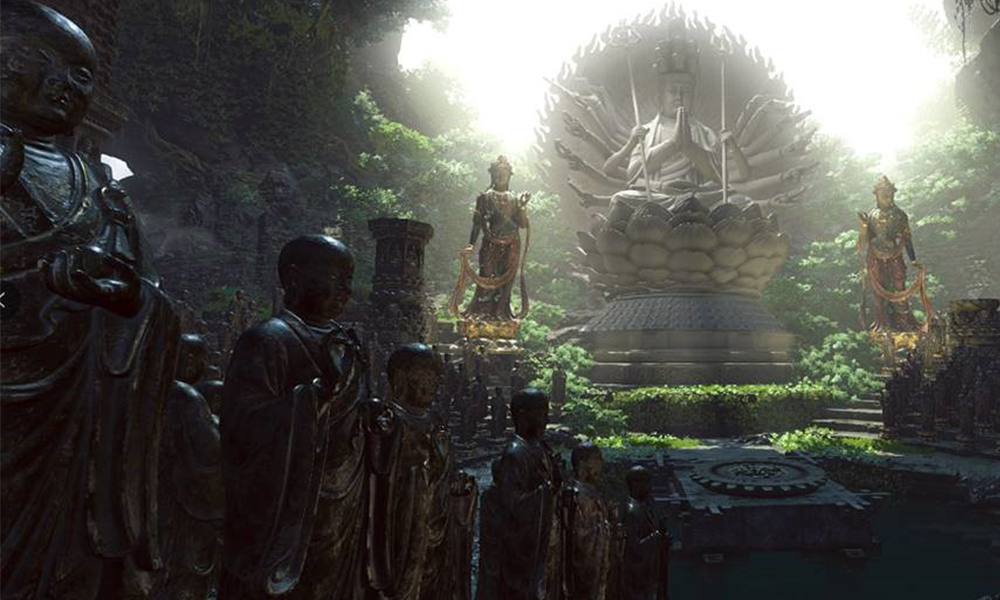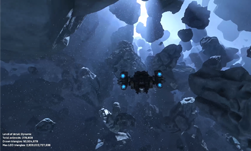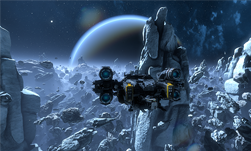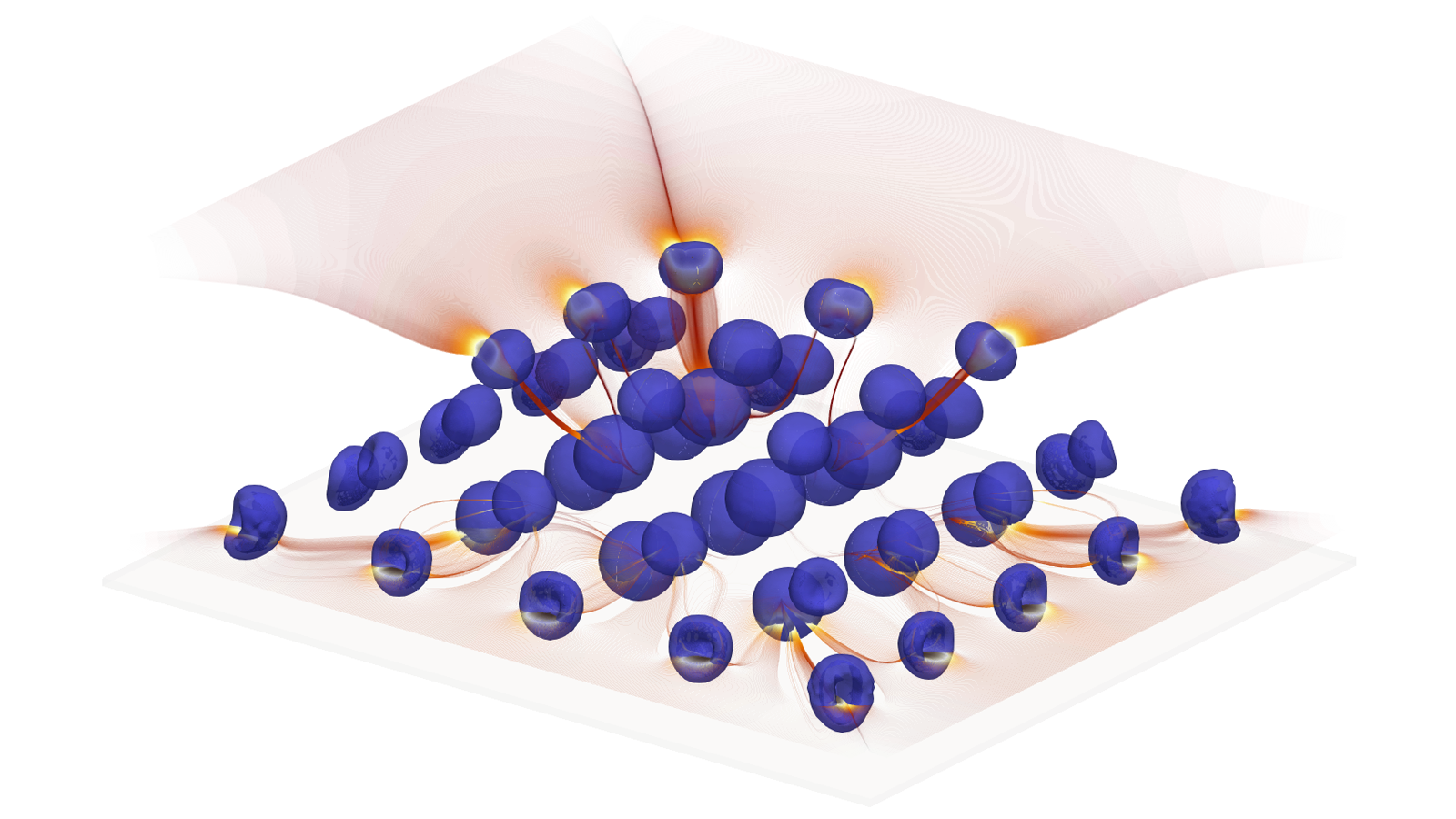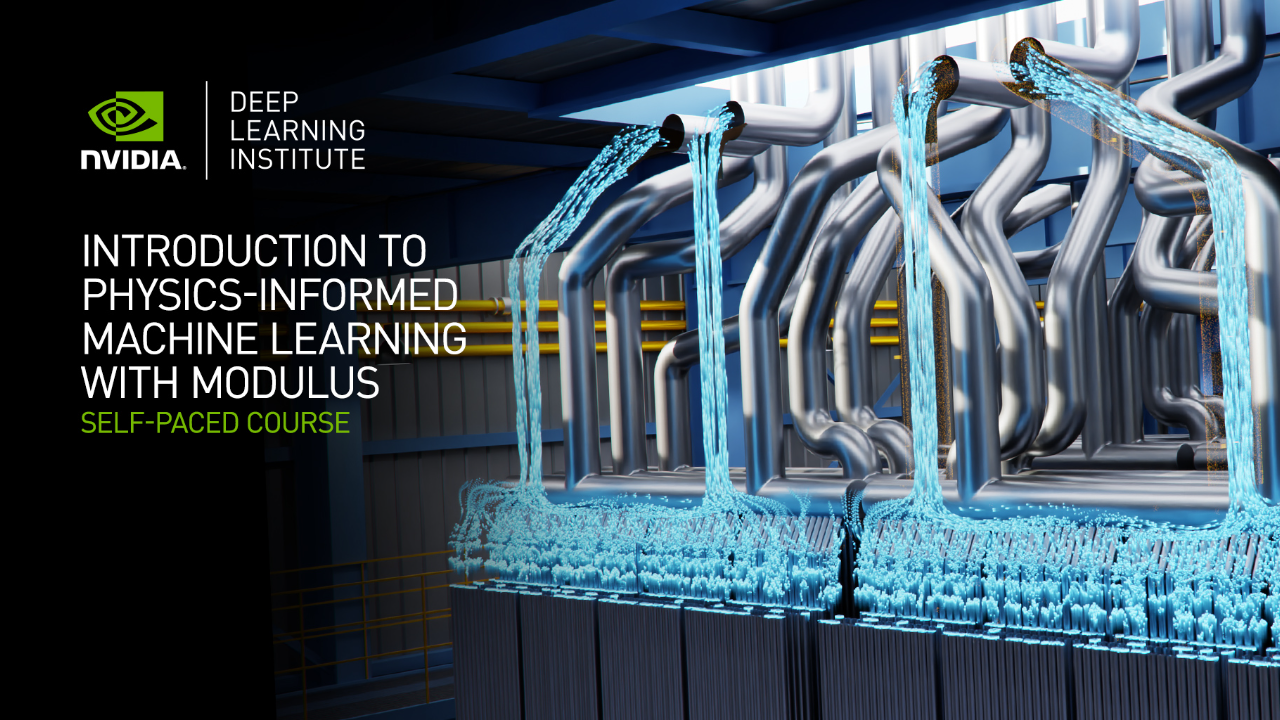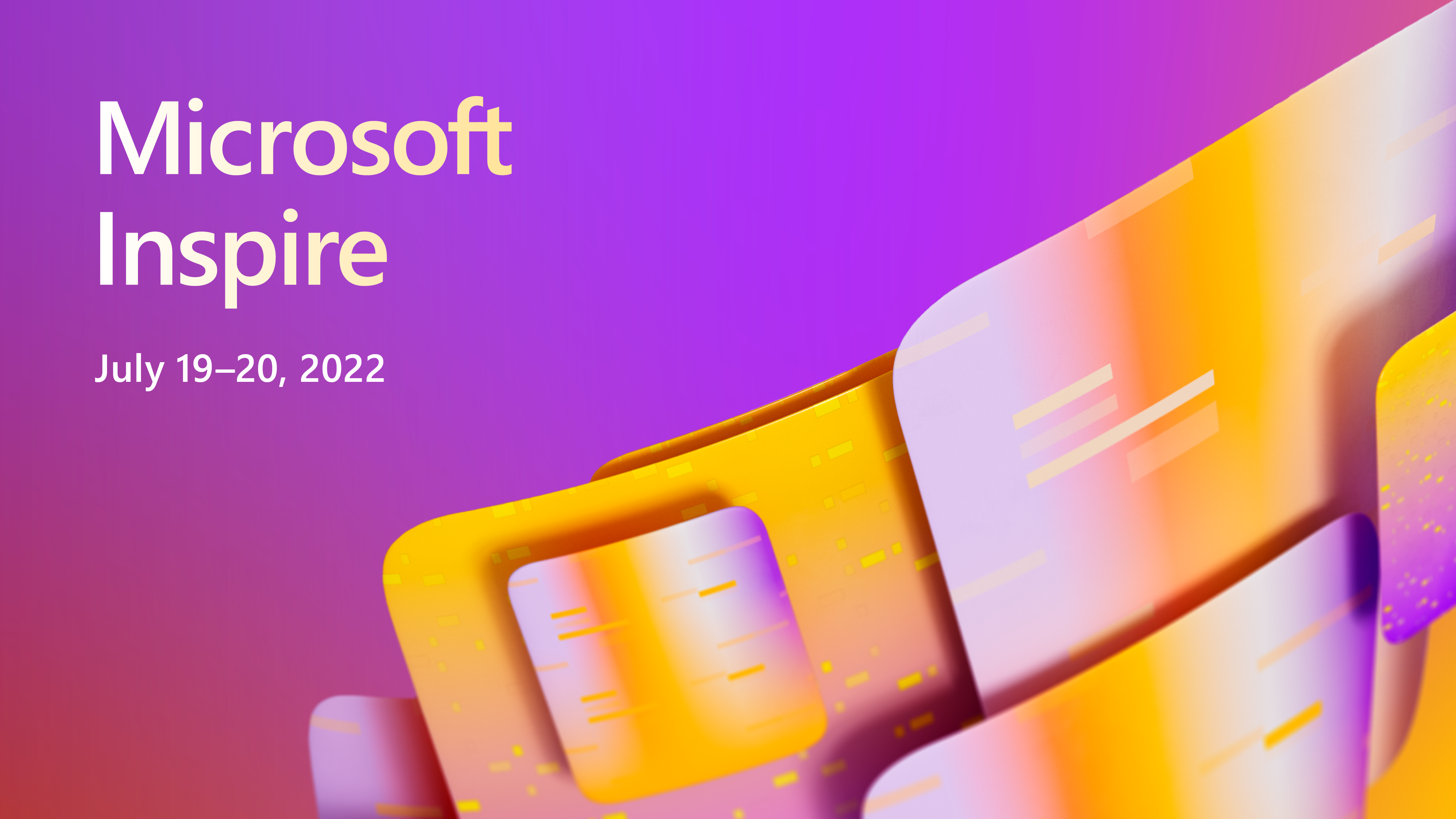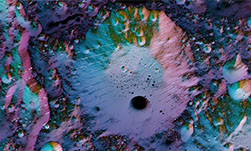In this video, Manuel Kraemer, Senior Software Engineer at NVIDIA, details the three most important things developers need to know about mesh shading.
To learn more, you can attend their talk at GDC:
Title: ASTEROIDS MESH SHADING WITH DX12
Location: Room 205, South Hall
Date: Friday, March 22
Time: 3:00pm – 4:00pm
Pass Type: All Access, GDC Conference + Summits, GDC Conference, GDC Summits, Expo Plus, Audio Conference + Tutorial, Indie Games Summit
Topic: Programming
Format: Sponsored Session
3: A New Approach to Rasterizing Geometric Primitives
With mesh shading, developers are in complete control of geometry processing on the GPU. The introduction of the new task and mesh shader stages bring a new level of flexibility to the implementation of powerful rendering techniques such as geometry instantiation, culling, LoD transitions, tessellation, skinning…
2: You Can Now Render Extremely Complex Objects
Image quality is highly dependent on geometric fidelity : normal mapping, parallax mapping and other similar approximations always break down at close range. For the Asteroids demo, as an exercise, we decided to experiment with LOD and culling techniques that would allow us to rasterize virtually unlimited amounts of triangles at 4k resolutions in real time.
1: DXR & Vulkan Ray Tracing Debugging and Profiling Has Arrived
NVidia engineers ported the Asteroids Mesh Shading demo to run natively on Linux with Vulkan and you can test it at the booth. The Linux version of the demo will be released to the public shortly after the conference.
You can see a live demo of Mesh Shading on the show floor of GDC.

